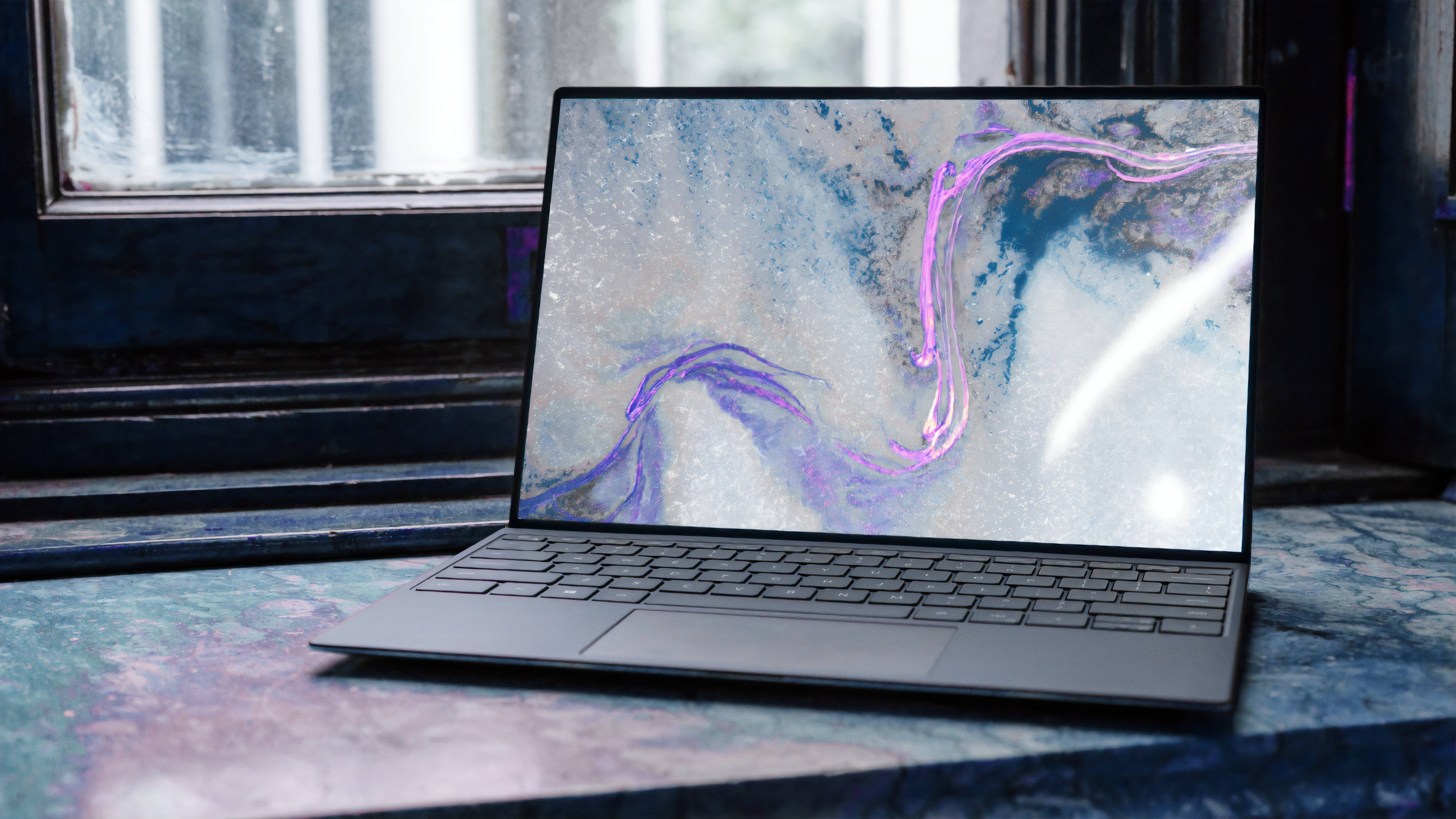Integrated graphics cards have gone a long way since the dreadful days of yore, so it’s worth posing the following question: are ultrabooks finally viable for esports gaming? We’re talking about a slew of (relatively) undermanding titles, games that are extremely well-optimized and have accumulated astoundingly large player bases.
League of Legends, Dota 2, Overwatch, Rocket League, Fortnite, PUBG, Apex Legends, and many others — all games that have captured our attention and are raking in obscene amounts of profit for their developers.
Some of them, like LoL, can run exceptionally well even on the most outdated hardware. Others, like Apex, for instance, are a lot more demanding. Fortunately, today’s most powerful iGPUs can definitely handle the aforementioned slew of esports titles and, in most cases, deliver a surprisingly enjoyable gaming experience.
So, let’s go over the current state of the market!
An Interesting Trend Towards Mobility
The first trend that immediately comes to mind is the one regarding overall mobility. Technology has advanced to such a degree that now, in 2021, we have 13″ laptops with incredibly powerful integrated graphics cards, 13″ laptops with dedicated GPUs like the GTX 1650, and even 14″ models — like the Razer Blade 14 and ASUS Zephyrus G14 — that have up to an RTX 3070 packed within their enclosures.
So, frankly, if it’s an ultrabook you want, you can just splurge for one of those and call it a day as they’ll chew through any triple A title you might throw their way with staggering ease.
The smaller, iGPU-equipped models present a much more interesting “challenge” when it comes to gaming, but they should not be underestimated either — despite their unassuming appearance. If you limit yourself solely to esports titles, then these ultrabooks will definitely suffice!
What Are Your Options?
Right now, at the time of this writing, you have two options, both of which are phenomenal in their own right: Intel’s Xe graphics and AMD’s Vega ones. The former often come at a premium, as is so often the case with anything “team blue” puts out. The latter, while surprisingly potent, is starting to show its age. Still, it’s more than capable enough for esports gaming on the side, so they’re definitely worth taking a look at.
Intel’s most powerful Xe iGPU is generally better than AMD’s equivalent Vega offering, but that tends to vary wildly depending on the title, as evidenced by the video below, courtesy of Jarrod’s Tech.
Intel’s Better… But At What Cost?
On average, it’s a pretty clear win for Intel, and that, in short, is a sentence that hasn’t been written in ages. Then again, its price-to-performance ratio does leave a bit to be desired, and in most cases, going with a Ryzen-based laptop definitely makes a lot more sense. Not only are these CPUs better in more demanding workloads, but they retail for less, too!
And, well, they’re more efficient as well, which means you’ll lunge for your power adapter a lot less often.
The latest 5500U is even better in that regard, and its iGPU can easily handle a wide range of esports titles; to see it all in action, make sure to check out the following video! Most games run very well at 1080p, whereas with specific titles like Apex Legends, you’ll have to lower the resolution down to 900p which, in all fairness, is still more than playable.
Again, you have to temper your expectaitons, but these frame rates were downright unfathomable just a couple of years ago. Kudos to both Intel and AMD for pushing the envelope at such a respectable pace, and in doing so allowing mllions of esports gamers across the globe to play to their heart’s content without having to invest an obscene amount of money!
Read the Fine Print
The performance of AMD’s Vega graphics hinges heavily around the amount, speed, and configuration of your RAM. Having two sticks running in dual channel (at 3200Mhz minimum) is of the utmots importance. Overlocking, if possible, should also be on the top of your list of priorities.
Some laptop models, however, have their RAM soldered onto the motherboard which means you won’t be able to upgrade. It goes without saying, but that’s not exactly an ideal situation. So, as always, make sure to “read the fine print” and educate yourself as much as possible about the specific laptops you’re interested in, as failing to do so could potentially result in a subpar gaming experience.
AMD | A Most Potent Upgrade Is Right Around the Corner
Last but certainly not least, it’s worth noting that AMD’s long-awaited RNDA 2 iGPUs are “right around the corner.” It’d be wise to await their release as — based on certain rumors and hands on experience from a few industry insiders — they’re going to bring up to a 50% performance uplift compared to Vega which, if true, is simply mind-blowing. Heck, it might even be revolutionary, but we won’t go so far, at least not until we see them in action.
These RDNA 2-equipped models are scheduled to hit the market sometime in 2022. In fact, Valve’s Steam Deck will be the first device to feature AMD’s latest and greatest iGPU, so we’re bound to get a lot more information in just a couple of months!







